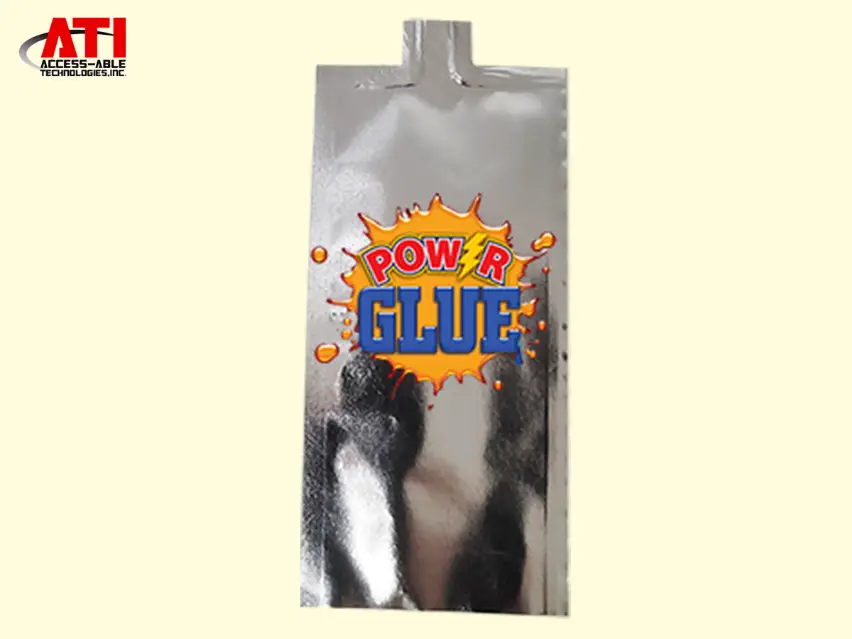
How Does Fiberglass Glue Work for Boat Repairs?
Suppose you are going out on the water on a perfect day, when suddenly you notice a small crack on your boat. Panic? Not quite… if you can intelligently fix minor boat repairs. This is where fiberglass glue comes in like a silent savior, allowing boat owners to fix things up in no time and continue sailing.
Most boaters are well aware of how tough the waters can be, literally. Tiny cracks or chips in a fiberglass boat might not be much, but eventually, they grow, resulting in costly damage. Happily, understanding how fiberglass glue operates can prevent a lot of money and stress. Let’s have a look at the blog and find out how this small but effective product can help.
What Exactly is Fiberglass Glue?
Fiberglass boats are stronger than they are heavy. But as with anything subjected to rough weather, salt, and constant motion, they will have weak points. Fiberglass epoxy glue is a specialized adhesive specifically engineered to bond to fiberglass surfaces (can set on many surfaces like PVC, Metal, Wood, Fiberglass, Plastic, etc.). It isn’t regular household glue—this stuff is designed for rugged use in marine environments.
It is waterproof, temperature-resistant, and sticks well to boat surfaces. Cracks, chips, or even minor breaks can all be filled by restoring strength to your boat with little hassle.
How Does Fiberglass Glue Actually Work?
The chemistry involved in this glue is rather fascinating. When used, it penetrates the broken area, filling cracks and holes. As it dries, it becomes hard, establishing a bond as strong—sometimes stronger—than the original fiberglass.
This is what happens in the process typically:
- Surface Prep: The affected area must be cleaned and sanded. This gets rid of dirt, oils, or loose fibers, which will weaken the bond.
- Glue Application: A fiberglass glue layer is applied to the affected area directly.
- Curing: The glue begins curing (hardening). Some types set rapidly; others take several hours.
- Finishing Touch: Sand to finish now, or paint.
It is thus a great, low-cost DIY boat repair solution, saving time and costly professional work.
Why Picking the Right Glue Matters?
In boat repair, using the right fiberglass adhesive is what makes a difference between a temporary fix and a durable repair. The improper glue could leak under water pressure or extreme weather.
A good fiberglass adhesive sticks firmly, resists water, and works well for boats. So, before fixing your boat, choose a glue that experts trust for strength and durability.
Where Does POWER GRIP Come Into Play?
For boat owners, the right tools are as vital as the right adhesive. POW-R GRIP product is a durable PVC cable saw which tends to work hand-in-hand with fiberglass repair projects. Need to cut through tough spots prior to glueing them? The tools make prep work easier and neater.
While the POWER GRIP tool is not any glue, it helps in the repair process. From trimming panels and pipes to preparing the surface, these tools ensure the fiberglass adhesive can work its magic correctly.
Why Fiberglass Glue Is Trusted by Boat Owners?
There’s a reason why this adhesive has gained so much popularity in boat repairs:
- Water & Weather proofing: It withstands water, sun, and salt.
- Strength: After being cured, it creates a tough, permanent bond.
- How Hard is It to Use: You don’t require sophisticated tools—only a clean surface and steady hands.
- Fast Repairs: Most products will cure in minutes to an hour or two.
Even a beginner boat owner can repair minor damages with products such as fiberglass adhesive. Just that sense of security is worth carrying a tube onboard.
Real-Life Example: Everyday Boat Fixes with Fiberglass Glue
For example, suppose you see a tiny crack developing around the base of your boat’s console. That section is subject to a great deal of stress and vibration from movement. Rather than leaving it alone, you can:
- Use soap and water to clean the surface.
- Sand the surface gently to strip off loose fiberglass.
- Put on a good layer of fiberglass adhesive to cover the crack.
- Allow it to dry fully before returning the boat to the water.
When necessary, POW-R GRIP tools assist in cleaning the edges smoothly, providing a neat repair area. The outcome? Your boat remains durable, and your water day remains worry-free.
A Few Useful Tips for Successful Boat Repairs
Never forget to use gloves and eye protection glasses when applying fiberglass adhesive.
- Use the curing times as indicated on the product label diligently.
- Work in a well-ventilated work area to prevent breathing fiberglass particles/ glass wool dust.
- Store POWER GRIP tools in your toolbox for convenient prep.
In the case of bigger damages, it is best to ask an expert for help, although a quick fix can be considered with glue.
Conclusion
Imagine your boat floating smoothly, the waters glimmering under the sun, and you rest easy knowing that any tiny crack that forms is manageable. This is the power of fiberglass glue.
At Access-Able Technologies, we believe smart repairs should be simple and reliable for every boater. From keeping cracks sealed to strengthening weak points, having quality products like fiberglass adhesive on hand is a must. Paired with handy tools, our solutions make DIY boat repairs faster, easier, and more efficient.
We help you stay prepared, so small fixes never turn into costly problems. At Access-Able Technologies, you can be sure that our products have your boat ready for adventure, sailing smoothly every time. Have us protect your boat and enjoy carefree days on the water.
